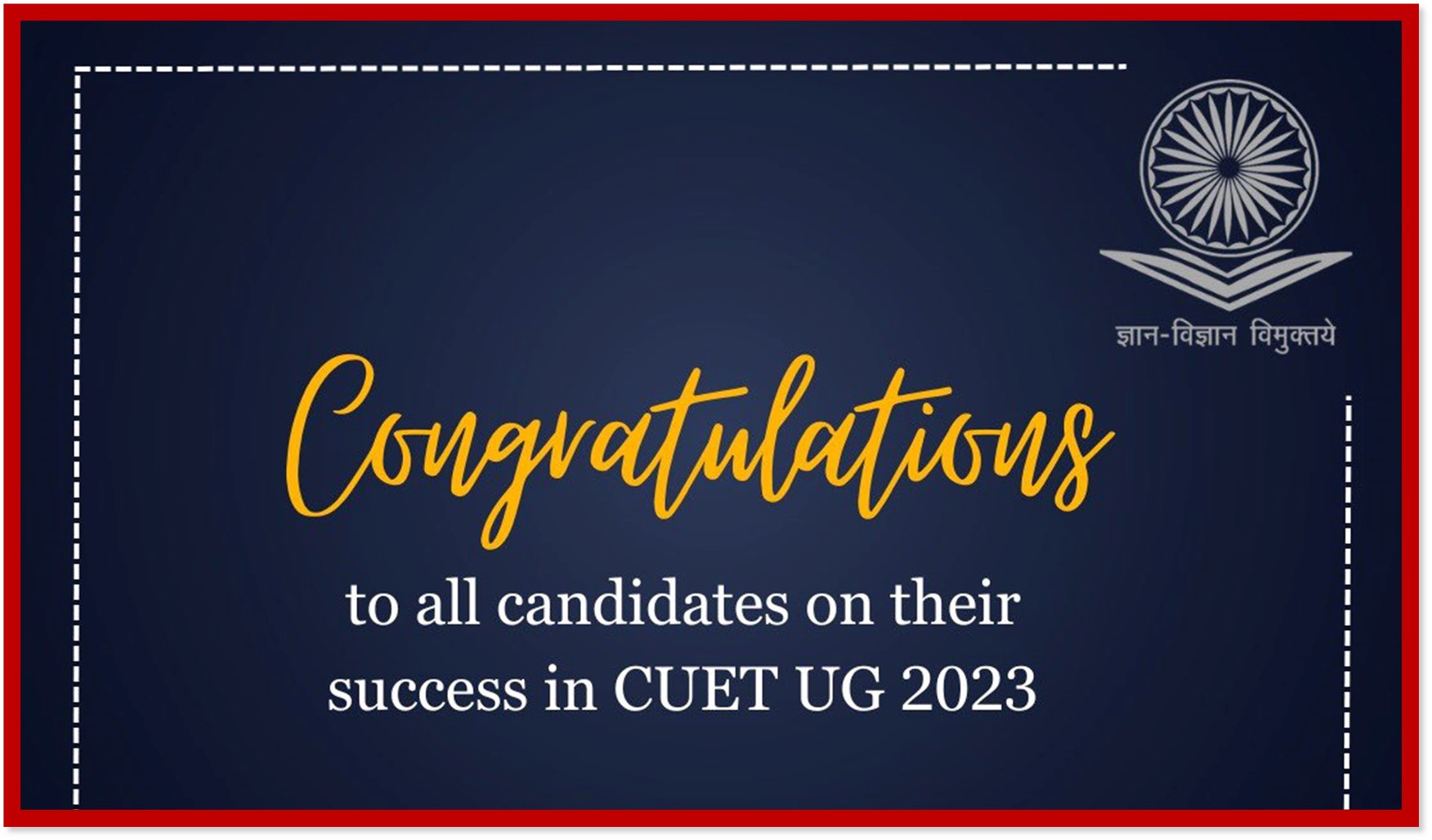The University Grants Commission (UGC) has approved guidelines for sustainable university-industry collaboration in Indian universities. The guidelines aim to encourage research and development (R&D) through partnerships between universities and industries. The clusters formed through these collaborations will address the technological needs of the region and provide students with job-ready skills through internships. The guidelines also suggest the appointment of industry professionals to governance bodies and the establishment of advisory committees for R&D growth.
Summary
- 💡 Universities and industries can form R&D clusters to address regional technological needs.
- 💼 Internships within clusters can help students acquire job-ready skills.
- 📜 “Guidelines for Sustainable University-Industry Collaboration in Indian Universities” approved by UGC.
- 🌐 The guidelines promote research and development through collaborations between universities and industries.
- 👥 Varsities can appoint industry professionals to governance bodies and as Professors of Practice.
- 🏢 Higher educational institutions must establish an Industry Relations Cell (IRC) and industries should create a University Relations Cell (URC).
- 📚 Credit assignment and distribution of internships will follow UGC norms.
- Universities and industries can collaborate to form research and development (R&D) clusters.
- The clusters will address the technological needs of the region and provide job-ready skills to students through internships.
- The University Grants Commission (UGC) has approved the “Guidelines for Sustainable University-Industry Collaboration in Indian Universities.”
- The guidelines recommend vibrant university-industry linkages and exposure of students to real-life examples.
- Highly experienced industry professionals can be appointed to governance bodies of universities.
- Industry professionals can be onboarded as “Professors of Practice” in accordance with UGC guidelines.
- The guidelines mandate the creation of Industry Relations Cells (IRCs) and University Relations Cells (URCs) to facilitate collaborative project creation and the development of new technologies.
Universities and industries in India will now have the opportunity to collaborate and form Research and Development (R&D) clusters at both state and central levels, as per the University Grants Commission (UGC) Chairman, Jagadesh Kumar. These clusters aim to address the technological needs of the region and offer internships to students, enabling them to acquire job-ready skills. The UGC recently approved the “Guidelines for Sustainable University-Industry Collaboration in Indian Universities,” which will foster research and development through partnerships between academia and industries. The guidelines allow varsities to appoint industry professionals to governance bodies and as Professors of Practice. Higher educational institutions are required to establish an Industry Relations Cell (IRC), while industries must create a University Relations Cell (URC). Credit assignment and distribution of internships will follow UGC norms. Overall, these measures aim to enhance R&D capabilities and create collaborative opportunities between universities and industries.
UGC Guidelines on University-Industry linkages. Soon will be open for feedback from all stakeholders.
— UGC INDIA (@ugc_india) June 29, 2023
Courtesy: TelanganaToday pic.twitter.com/eW71x7OsNs
According to the recently approved guidelines by the University Grants Commission (UGC), universities and industries in India are encouraged to collaborate and form research and development (R&D) clusters. These clusters aim to address the technological needs of the region and provide students with the necessary skill sets to be job-ready through internships. The clusters will create a technology-centric mechanism to identify local problems and assign relevant projects to students, allowing them to earn credits.
The guidelines emphasize the importance of university-industry linkages, as recommended by the National Education Policy (NEP). Exposing students to real-life examples and enhancing their global competence are key objectives of this collaboration. The UGC Chairman, Jagadesh Kumar, stated that the guidelines will promote research and development through collaborations between universities and industries. These linkages will also create training and apprenticeship opportunities within industries, R&D labs, and research organizations.
To strengthen the collaboration, the guidelines suggest the appointment of highly experienced industry professionals to governance bodies of universities. These professionals can contribute their expertise and industry knowledge to drive innovation and development. Additionally, universities can onboard industry professionals as “Professors of Practice” in accordance with UGC guidelines.
The guidelines also outline the establishment of Industry Relations Cells (IRCs) in higher educational institutions. These cells will facilitate collaborative project creation between university faculty groups and industry groups. They will also explore funding sources from various stakeholders. On the industry side, the guidelines recommend creating University Relations Cells (URCs) to address and serve their R&D needs. Both IRCs and URCs are expected to contribute to the development of new technologies in research labs and tailor-made programs for industry professionals.
In terms of credit assignment and internships, the guidelines follow UGC norms. However, additional internships can be provided based on recommendations or students’ interests, expanding their exposure and opportunities.
Overall, the approved guidelines aim to foster sustainable university-industry collaboration in Indian universities, encouraging research and development, and equipping students with industry-relevant skills.
Empowering Educational Change: Recent Initiatives of University Grants Commission #EducationChange #UGCInitiatives #HigherEducation #QualityEducation #EmpoweringStudents #StudentEmpowerment #EducationalReforms #EducationForAll #TransformingEducation pic.twitter.com/XlD8swoXr8
— UGC INDIA (@ugc_india) June 30, 2023
The research efforts of our Higher Education Institutions will get an impetus by NRF Bill. An excellent opportunity for academia, industry, and research institutions to work together on the most pressing challenges: @mamidala90
— UGC INDIA (@ugc_india) June 29, 2023
Mamidala Jagadesh Kumar, Chairman, UGC pic.twitter.com/QWPVIEIhaf







